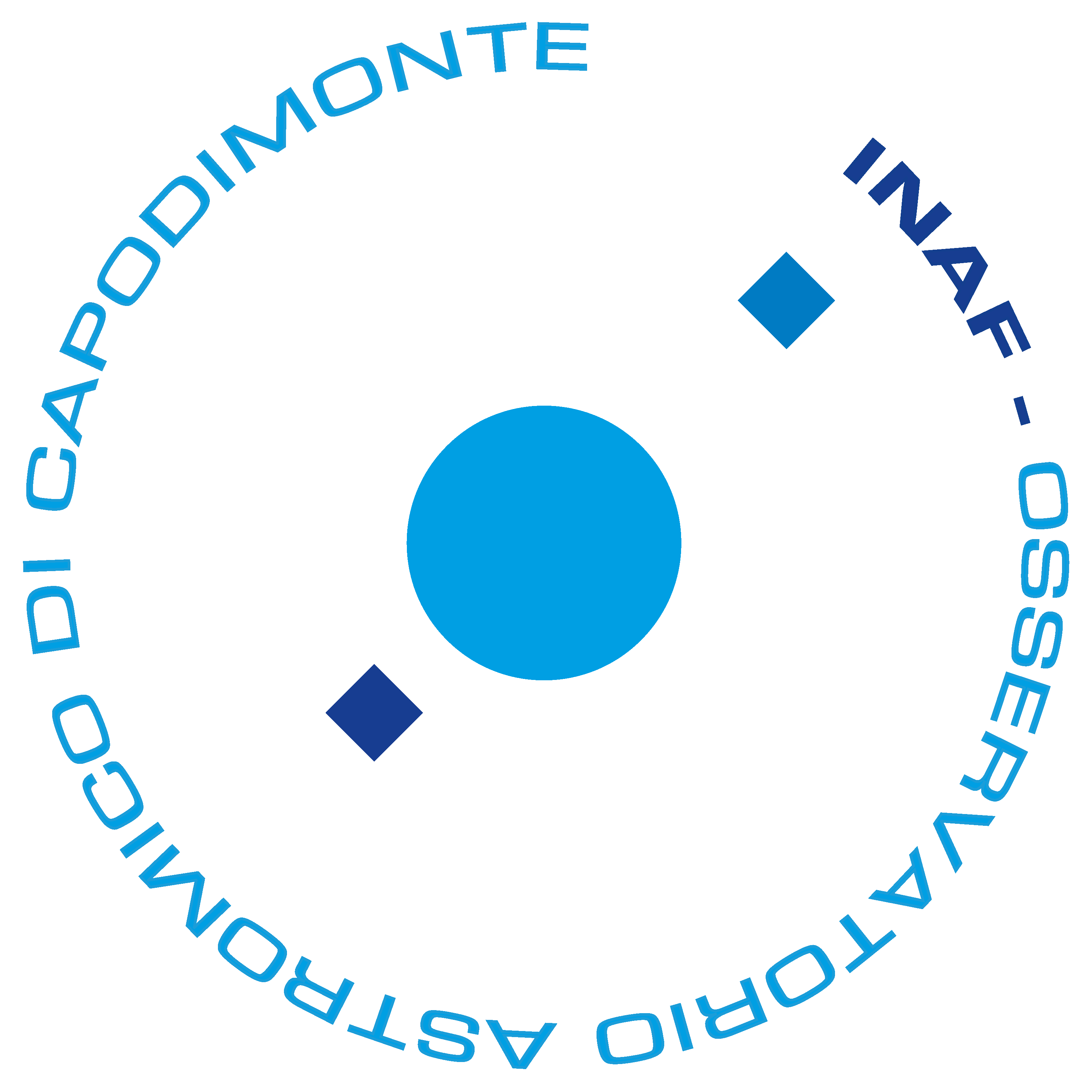Shapley AAOmega survey
Available spectroscopic data
High signal-to-noise optical spectroscopy (Smith et al. 2007) has been obtained from the AAOmega spectrograph at the Anglo Australian Telescope for 396 supercluster members whose 378 galaxies in the SOS region. The key feature of the survey is its coverage of low-mass galaxies down to sigma ~ 50 km/s.
The spectroscopic sample limit is R=18 in the cluster cores, with galaxies selected from the NOAO Fundamental Plane Survey (Smith et al. 2004 images, green boxes in Figure 1). Outside of these regions, brighter galaxies were selected from the 2MASS Extended Source Catalogue (R<15.7). The fibre diameter of 2 arcsec corresponds to 1.9 kpc. Long integrations (8 hours) resulted in high signal-to-noise ratios S/N~45 per Angstrom for sigma<100 km/s and S/N~90 per Angstrom for sigma>100 km/s.

Four nights of observing time at AAOmega have been awarded to the ACCESS project following the proposal (P.I. Paola Merluzzi) submitted to the European consortium OPTICON.
This new spectroscopic survey will allow us to obtain
- 1500 redshifts of a mass-selected (M>2 109 Msun) sample of galaxies associating them to the different sub-structures of the Shapley supercluster.
- 1518 redshifts of low-mass star-forming galaxies.
Observations will take place in spring 2013.

